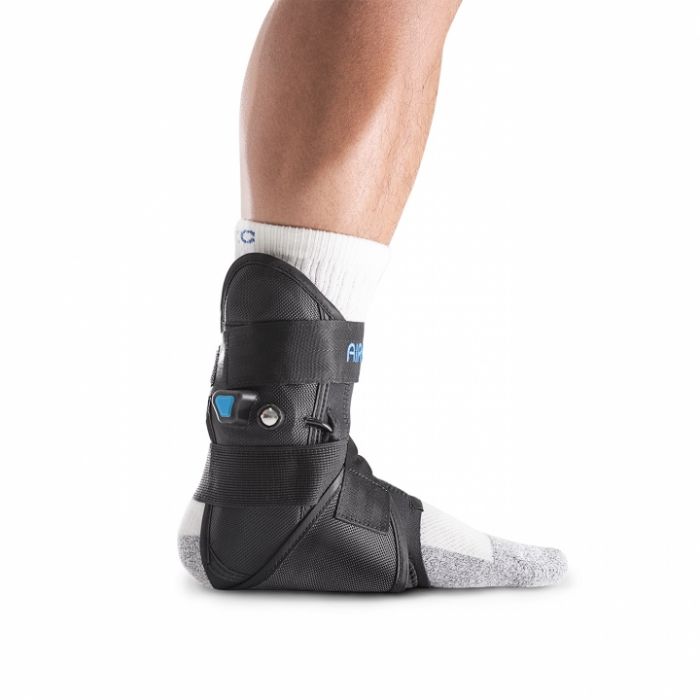Posterior tibial tendon dysfunction (PTTD) is a common condition affecting the lower leg. The most common causes of this condition are overuse and/or prolonged stress on the ankle. It can be caused by athletic activity, such as running, dancing, tennis, soccer, and football. Injury may also lead to an increase in stress on the posterior tibial tendon. Running too much or with poor form increases stress on the knee joint while reducing its range of motion (ROM). Poorly fitted shoes may cause increased pressure on the Achilles tendon as well.
In most cases, PTTD is not serious and can be treated without surgery. It is important to first identify its underlying cause so you learn how to prevent it from happening again. A minor injury might resolve itself within a few weeks but ignoring it could lead to chronic conditions.
Always Seek Proper Medical Advice.
Here we outline some primary symptoms of PTTD as well as its possible causes and treatments for this condition.
Posterior tibial tendon dysfunction, causes
- Repetitive stress on the lower leg or ankle
- Exercise overuse
- Injury to the tendon or surrounding structures
- Improperly fitted shoes or shoes that are too tight for the foot
A common cause of PTTD is overuse. The condition can be caused by an increase in the number of miles run or intensity of activity. This type of PTTD is typically seen in runners or athletes who are not using good form and/or running with severely ill-fitting, high-heeled shoes.
An alternative possibility is overstretching or overusing muscles that provide stability to the ankle, such as those around the knee joint. These muscles may also fatigue and become more susceptible to stress caused by factors such as poor footwear and improper form when running

Aircast PTTD Ankle brace is a compression wrap that supports the tendon and heel of the foot. It provides gentle, targeted pressure on the posterior tibial tendon and lowers stress on the ankle joint. The device was designed for those who have been diagnosed with PTTD and it can provide relief from symptoms such as pain, swelling, and stiffness.

